Our Curriculum:
Inspiring a lifelong love of learning
With a vision of nurturing well-rounded children with imaginative minds, positive attitudes and strength of character, We Kids has developed a proprietary curriculum (a cognitive and constructive curriculum) which emphasizes on activity-based child-centered learning experiences that your child will develop a life-long love of learning. It promises a fun-full learning experience, providing each child with a comprehensive and holistic education by nurturing core skills and knowledge, alongside intelligent thinking habits and dispositions.
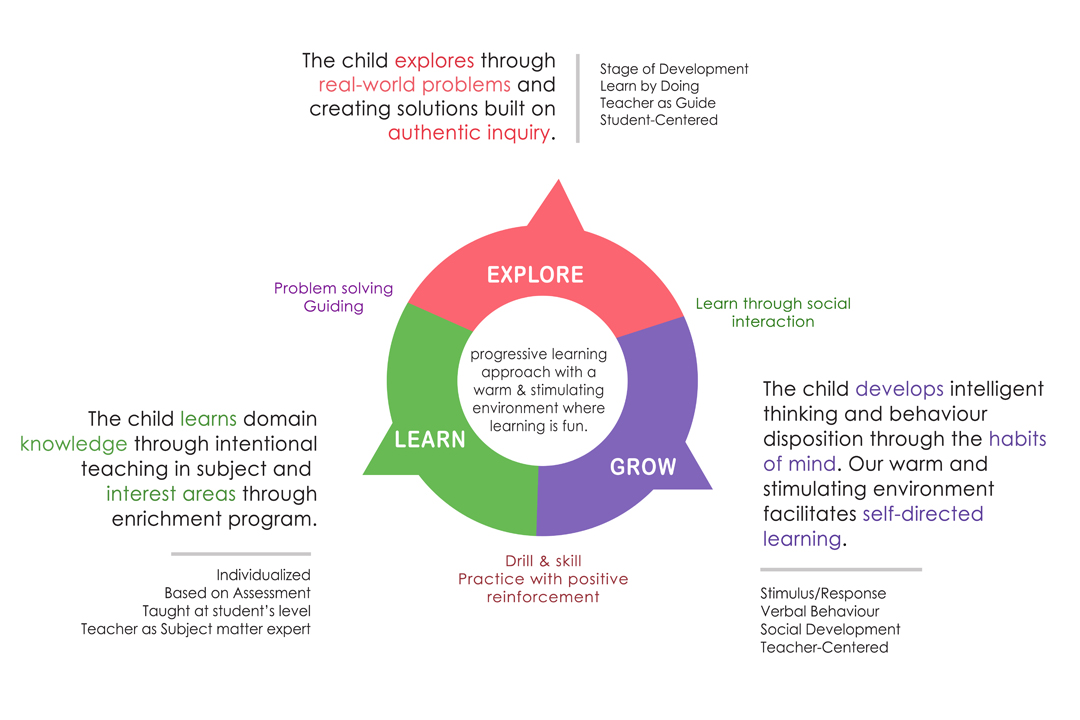
Key developmental areas of our inclusive curriculum.
Our program is designed to provide young children with a foundation for learning and development in a structured and supportive environment. It focuses on fostering physical, emotional, cognitive, social and moral development through a variety of activities and learning experiences.
Prime Areas:
Prime areas are particularly important for learning and forming relationships. They build a foundation for children to thrive and provide the basis for learning in all areas.
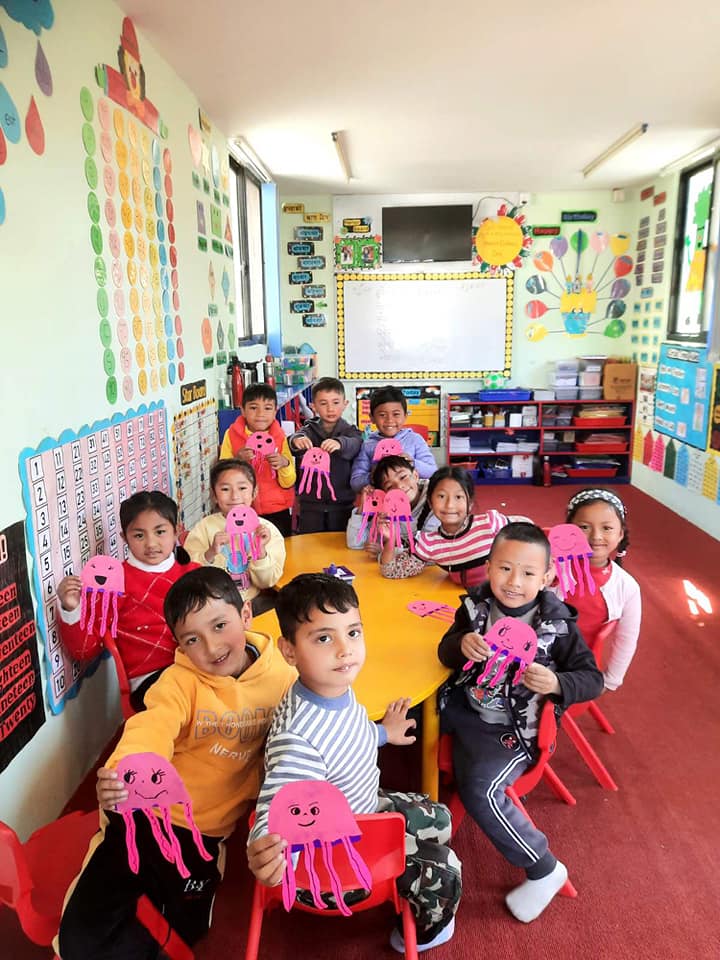
1. Personal, Social and Emotional Development (PSED)
It is a developmental area where children become aware about self and able to explain their current behavior. They learn to differentiate between right and wrong. They learn to value and respect other. They recognize and follow socially accepted at home and school.
2. Physical Development (PD)
It is a developmental area where children develop their fine and gross motor skills to be able to handle tools, objects, construction and malleable materials safely. They develop their body control and balance and are able to run, jump, hop, leap, skip, and gallop and able to avoid obstacles. They are able to practice tearing, drawing, cutting, threading, folding and tying day to day activities. They become aware of personal hygiene and develop healthy habits.
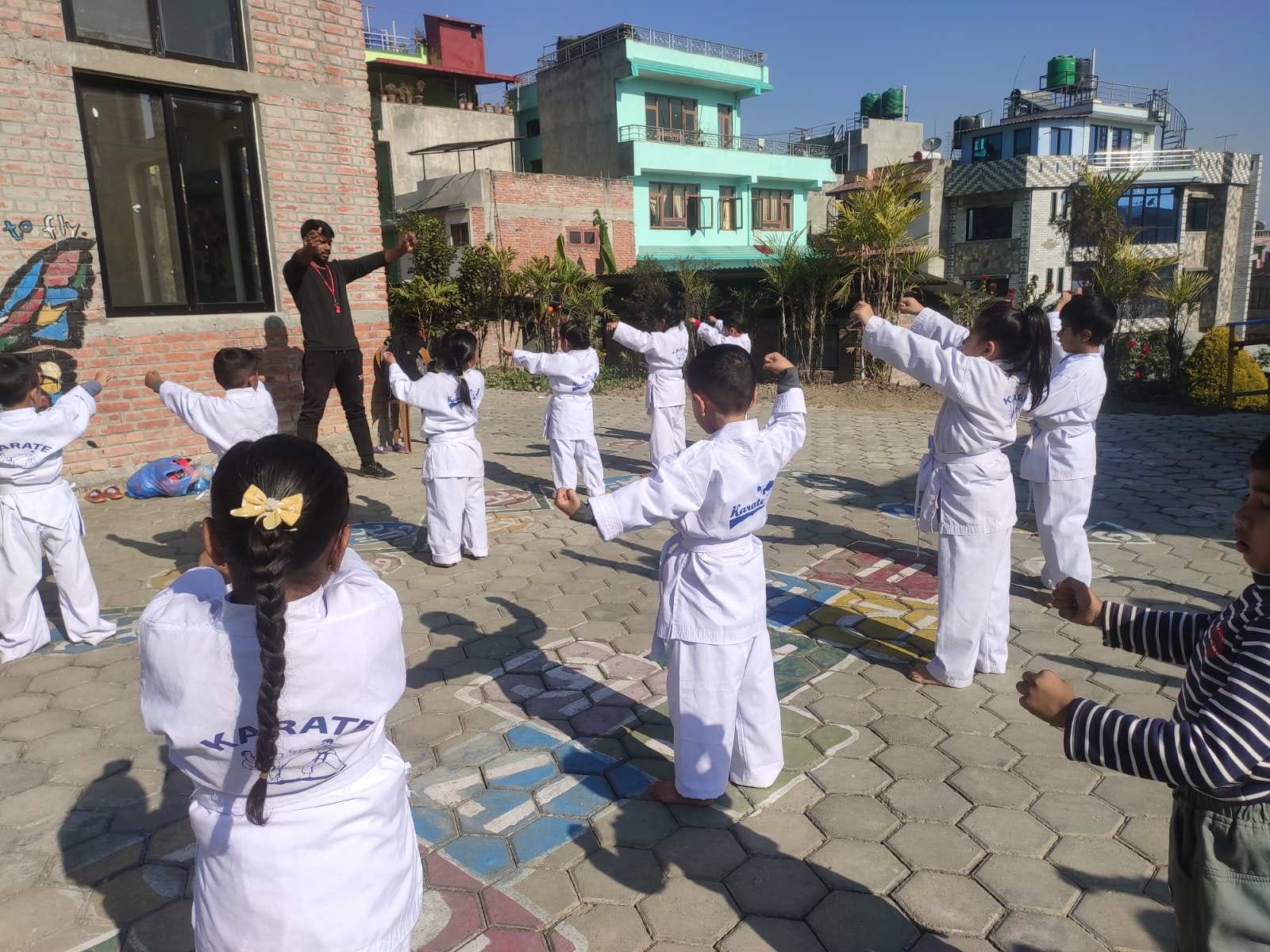
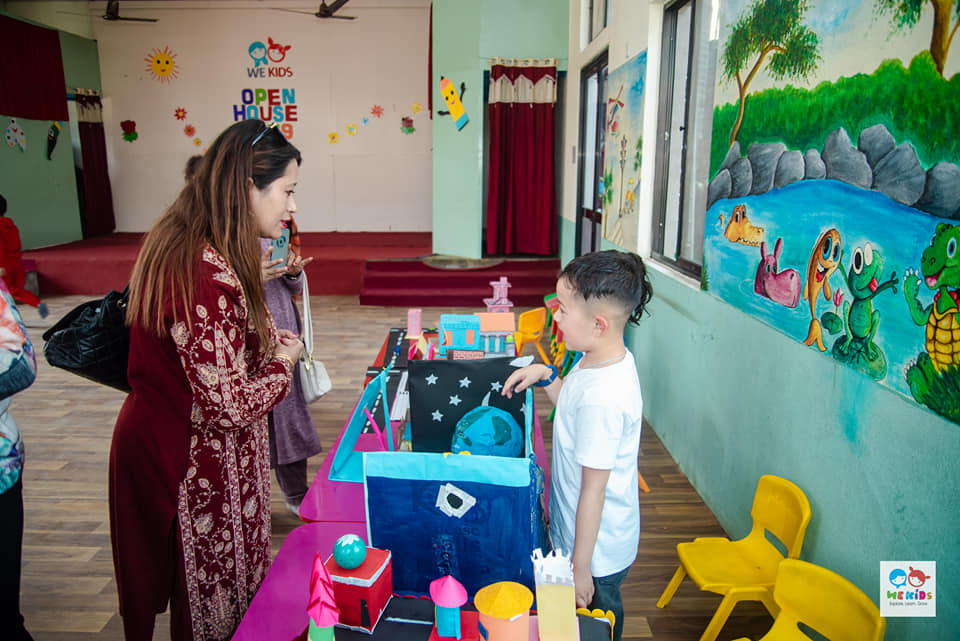
3. Communication, Language and Literacy skill (CLL):
It is developmental area where children are able to answer or express their ideas and thoughts clearly in small and large group discussions. They can read, write and comprehend simple word, phrases and sentences. They can manage and carryout requests and conversation according to situations and needs in Nepali language. They are able to listen actively, understand and respond accordingly. They can express simple ideas in written and pictorial form.
Specific Area
Specific areas help strengthen and develop above three prime areas and ignite children’s curiosity and enthusiasm.
4. Problem Solving, Reasoning and Numeracy (PSRN):
It is a developmental area of logic and imagination to make sense of a situation and to come up with an intelligent solution. It enables student to identify different points of view, put together arguments, and evaluate the arguments made by others. Numeracy is the area where children are able to match, sort and compare materials around them which foster necessary building blocks to excel mathematically and develop their spatial reasoning skills across all areas of mathematics including shape, space and measures. Mark-making (creating different patterns, lines, textures, and shapes) remains a key aspect of the children’s art experience to encourage creativity and exploration.
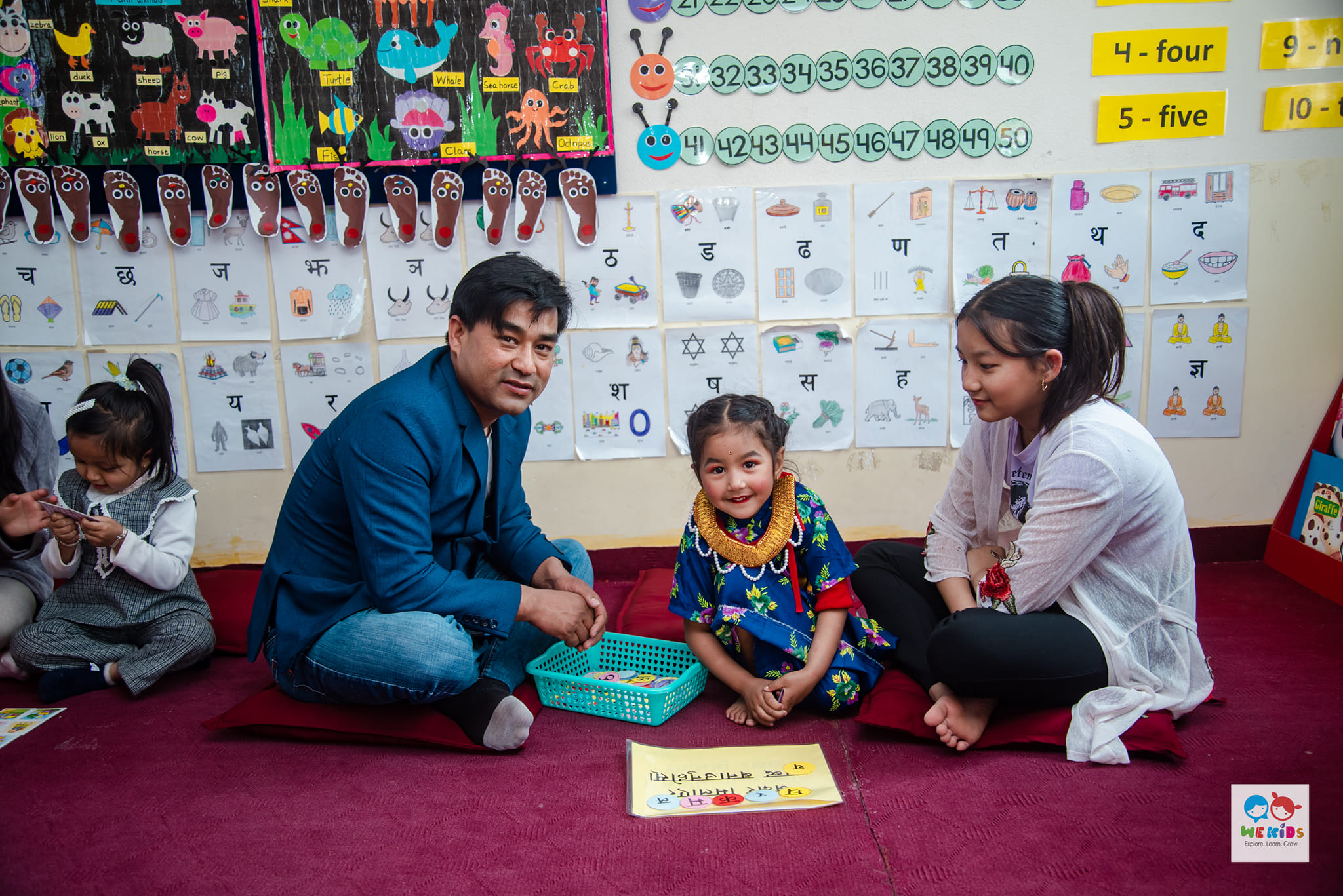
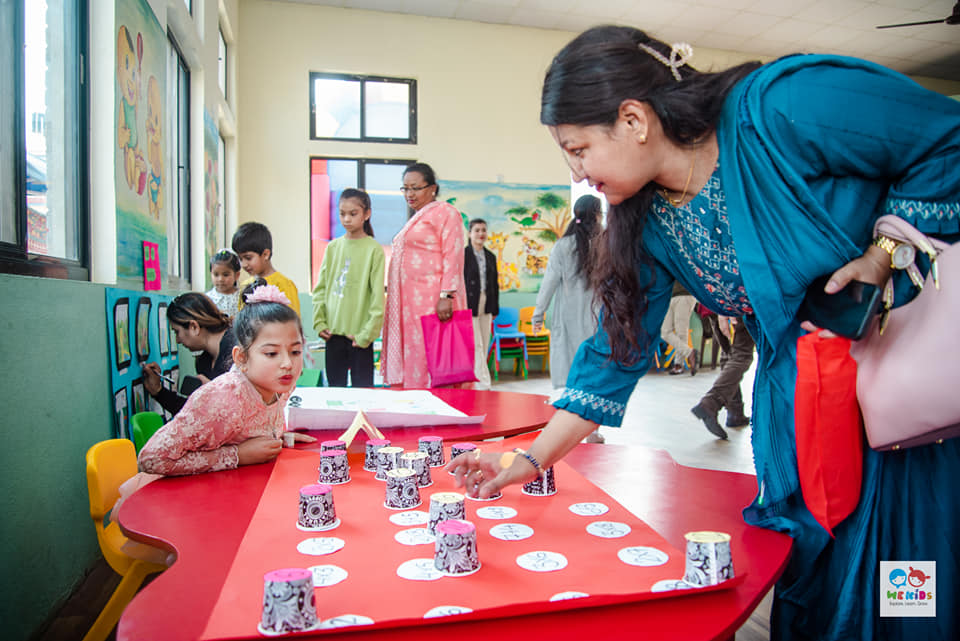
5. Cognitive Development (CD):
It is a developmental area where children innovate and learn to be resourceful, think and reason and try new ways of doing things. Children are made confident in communicating their ideas and expressing themselves and decision making. They are made aware of the different art forms. They are able to appreciate their own work and the work of others too.
6. Knowledge and Understanding under the World (KUW):
It is developmental area where children are able to explore and investigate their surroundings according to their curiosity. They learn how to manage and use resources surroundings properly according to their level. They are able to identify and respect different cultures and practices place, technology and environment.
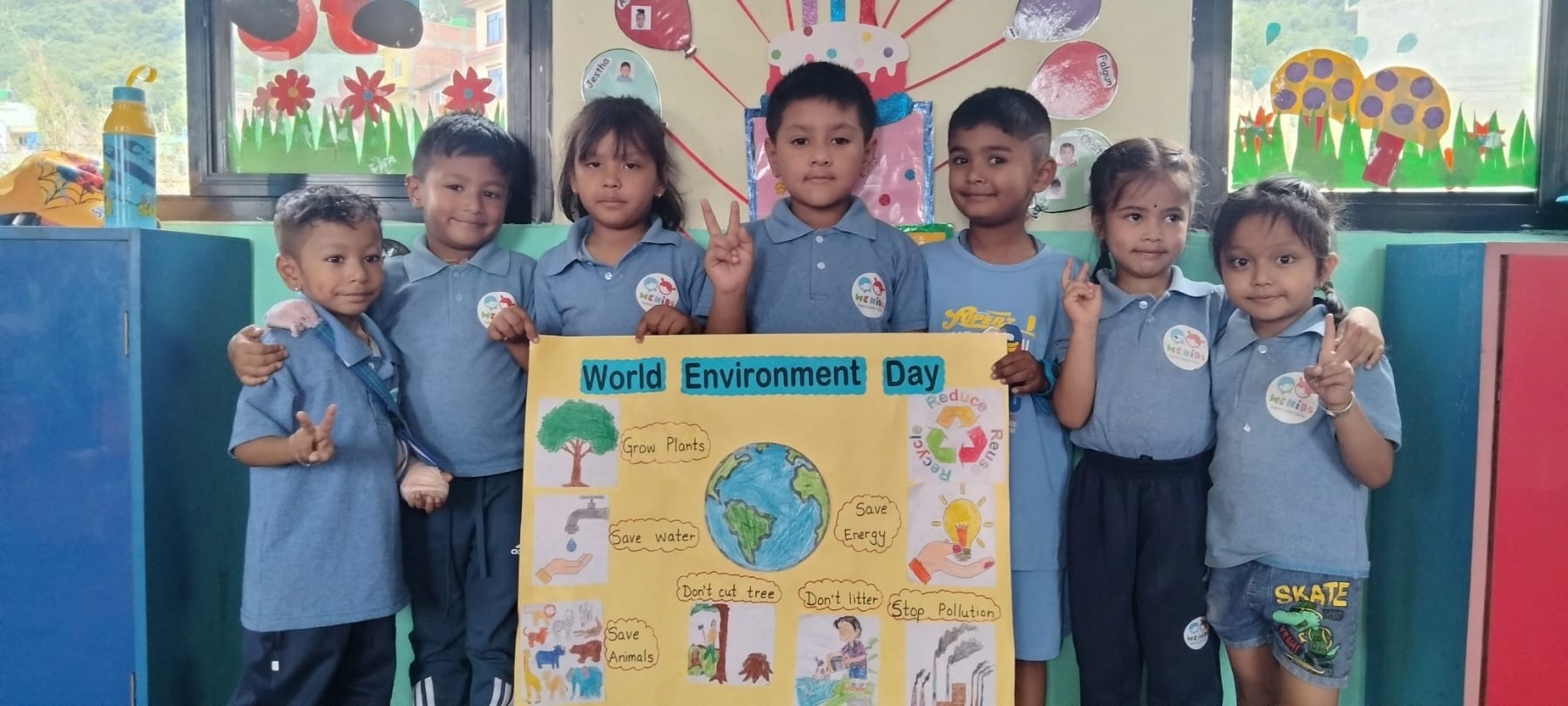
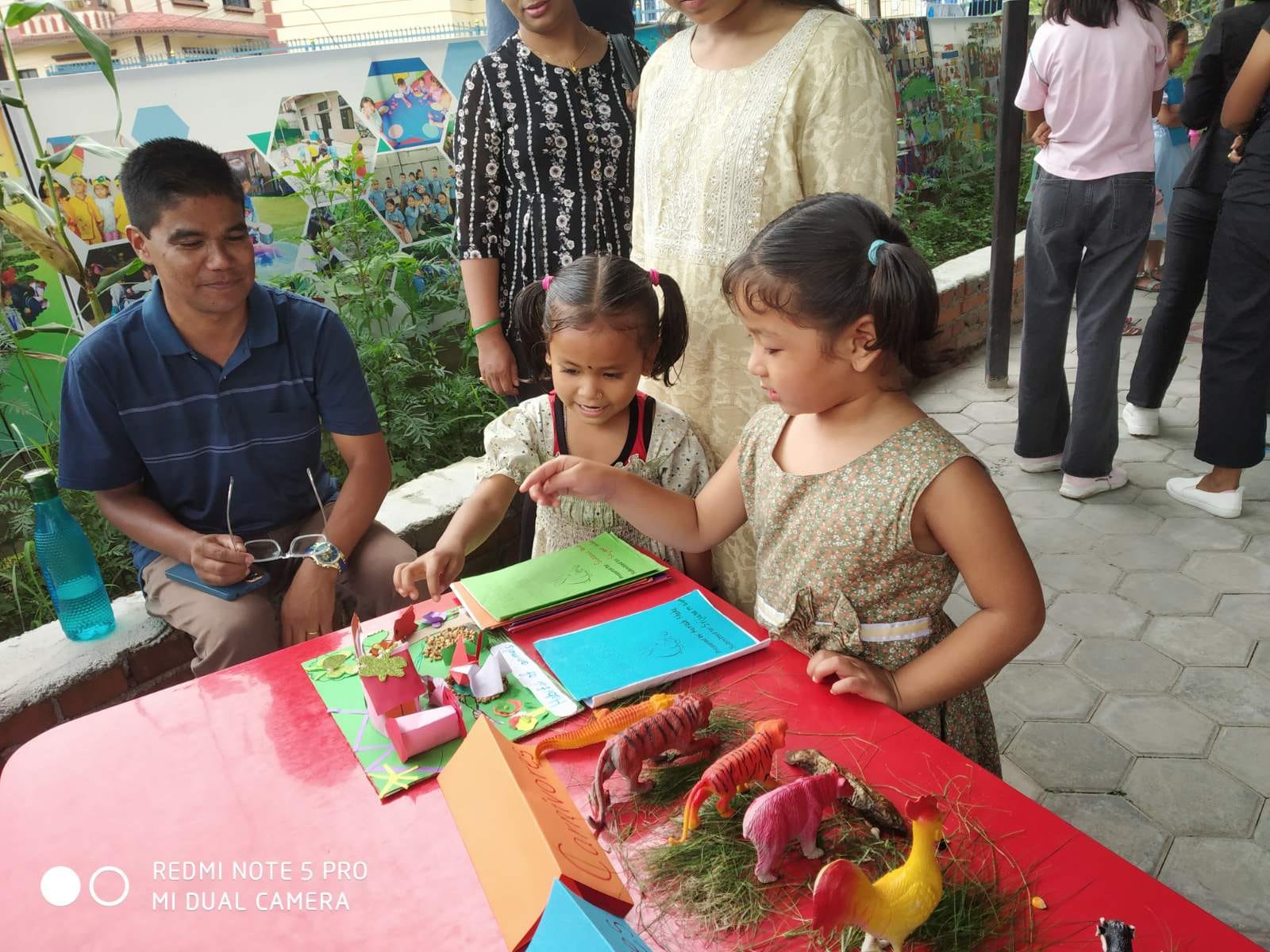
7. Creative Art and Design (CAD):
It is developmental area where children to explore and play with a wide range of media and materials thereby providing opportunities and encouragement for sharing their thoughts, ideas and feelings through a variety of activities is art music, movement, dance role play, and design and technology.
Observation of Learning
We assess how children are learning and developing by observing them and internal assessment frequently. We use information gained from observations, as well as from focused activities and profiles. We believe that parents know their children best and we ask them to contribute by sharing information about what their children like to do at home and how they as parents are supporting development. Each child’s level of development is assessed against the learning goals. The levels of development are indicated by the grade teacher.
1. Below Basic: Remedial learning for all learning outcomes, not achieving expected learning outcomes.
2. Basic: Partially achieved the required core learning achievement but requires remedial learning.
3. Proficient: Major expected learning outcomes mostly achieved and remedial learning needed.
4. Advanced: Achieving key learning achievements as well as achieving higher levels of achievement than expected


